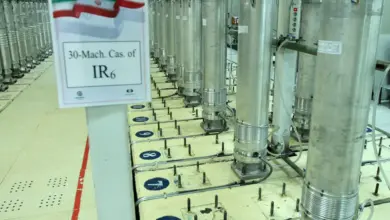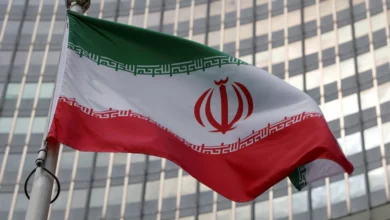Four nuclear energy experts from the International Atomic Energy Agency (IAEA) have signed a document stating that certain measures must be taken at Egypt’s dormant Anshas nuclear reactors if they are to be reactivated. The Anshas site, which lies 60km from Cairo and which consists of two reactors, was initially constructed by the Soviet Union in 1961. The reactors were shut down in 1986 in the wake of the Chernobyl disaster in what is now Ukraine.
According to the report, various organizational, managerial and technical measures must be adopted to guarantee the safe and efficient operation of the reactors. Included in the proposed measures are: IAEA-supervised periodic inspections of reactor tubes and other components of the facility; the acquisition of long-term reserves to fuel the reactors; the adoption of various safety measures; and the training of personnel capable of competently operating the reactors.
The report also calls for various changes to the site design and technical measures, including the development of a better system to transport critical materials and the establishment of a monitoring system to detect reactor leaks.
The report also notes that a number of facilities at the Anshas reactor site are dysfunctional, pointing to a number of nonfunctional warning lights in the control room and the partial deterioration of the concrete walls behind which nuclear waste is stored.
The report was prepared by an evaluation team dispatched by the IAEA, which inspected the site in February. In their report, inspectors note that the reactors could be reopened for training purposes or to manufacture nuclear isotopes for peaceful purposes.
In 2007, the IAEA detected trace amounts of weapons-grade uranium at the site, but after closer examination the agency attributed the highly-enriched material to used containers employed in the transport of uranium to the site.
Translated from the Arabic Edition.




